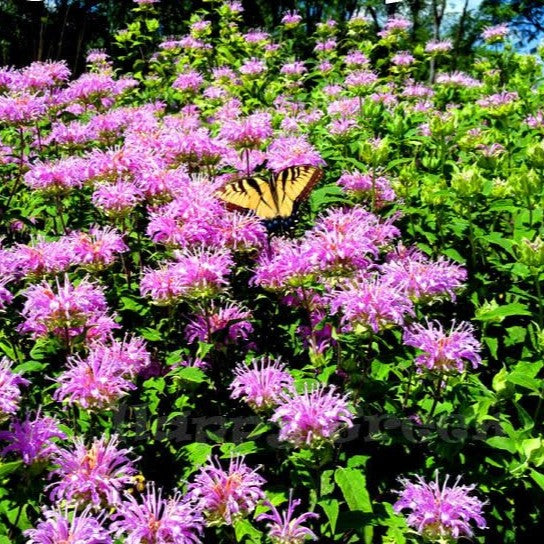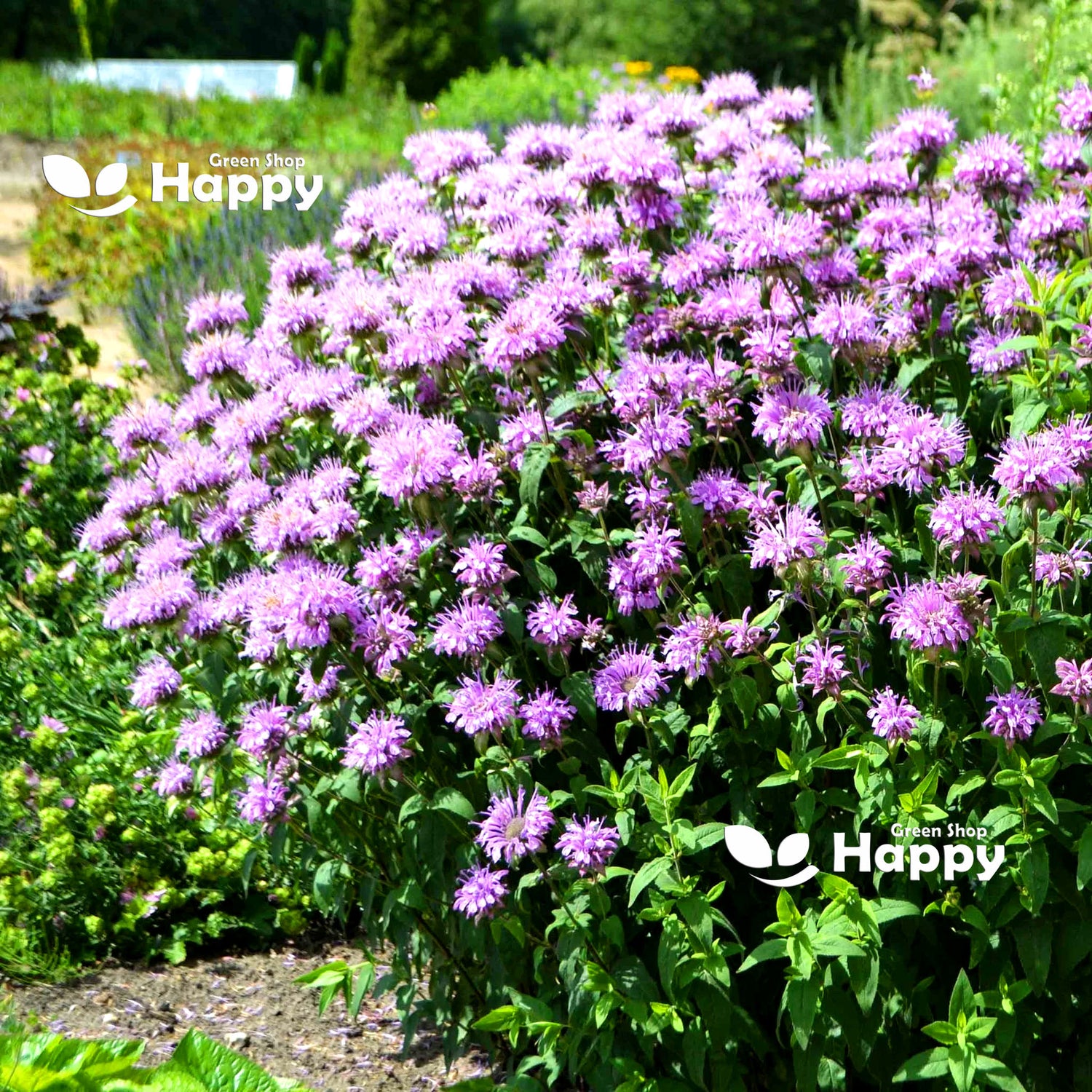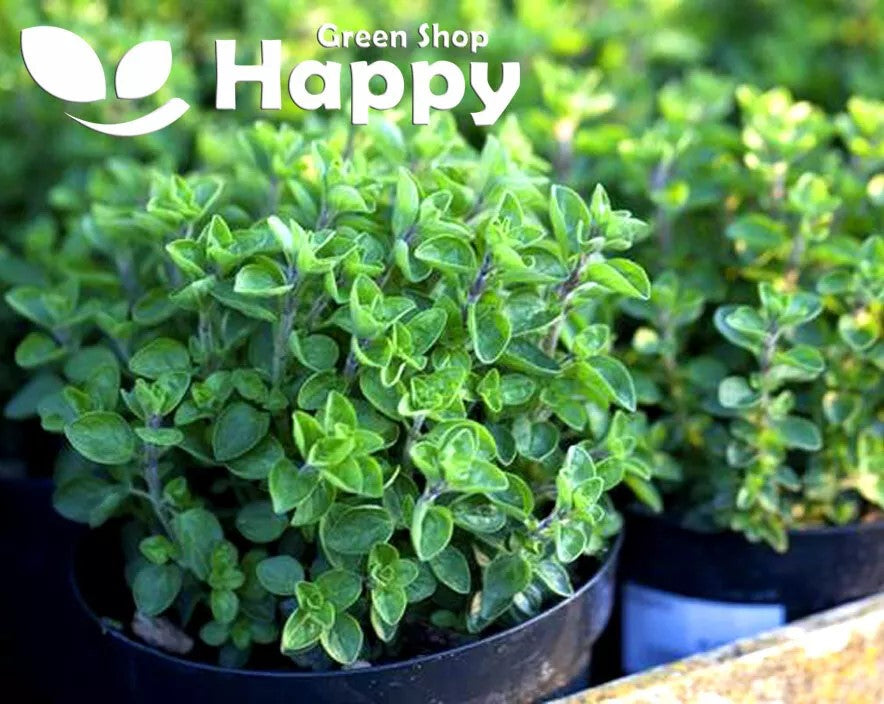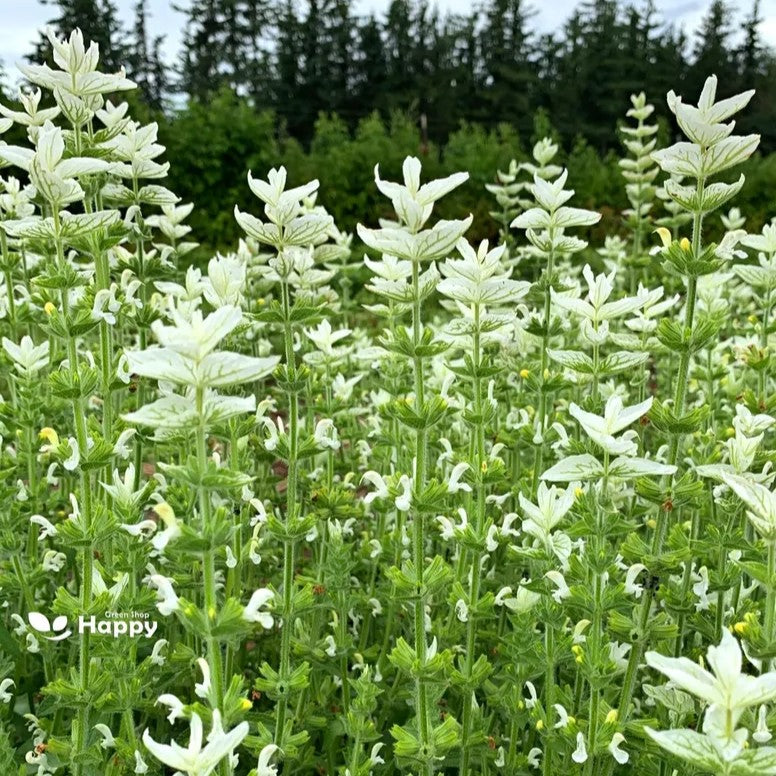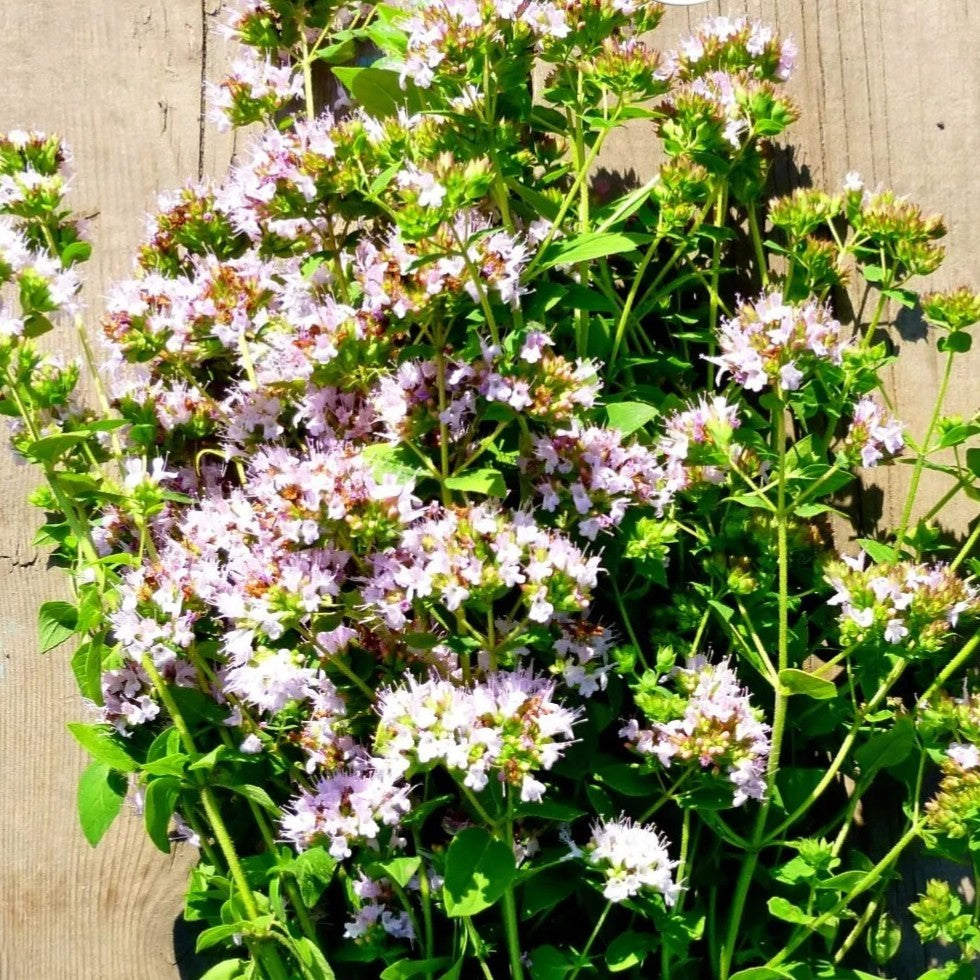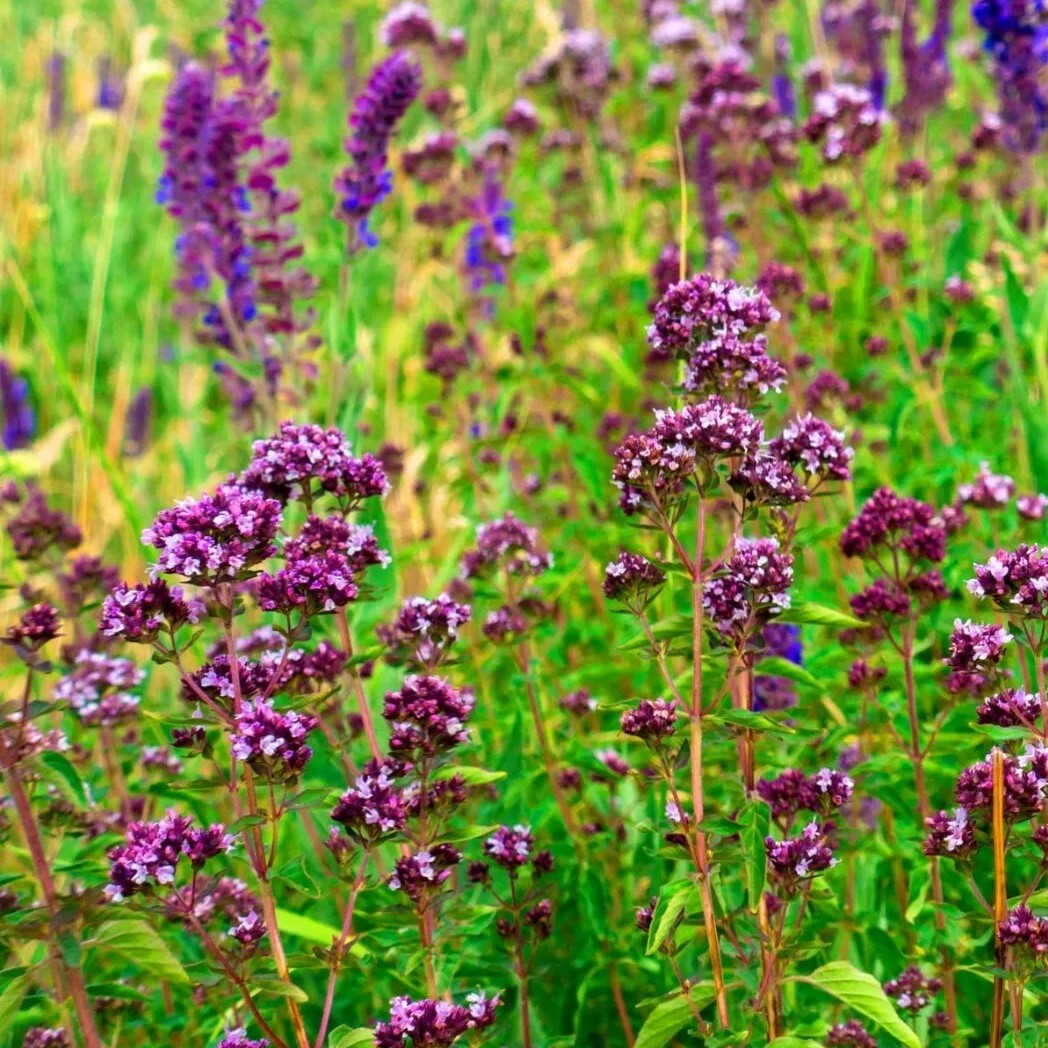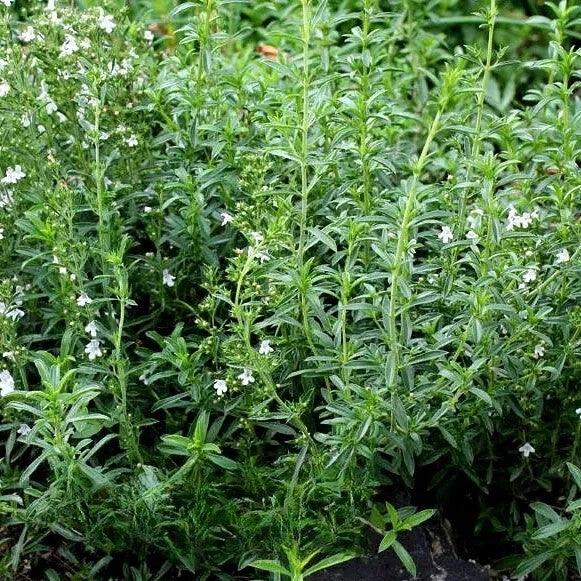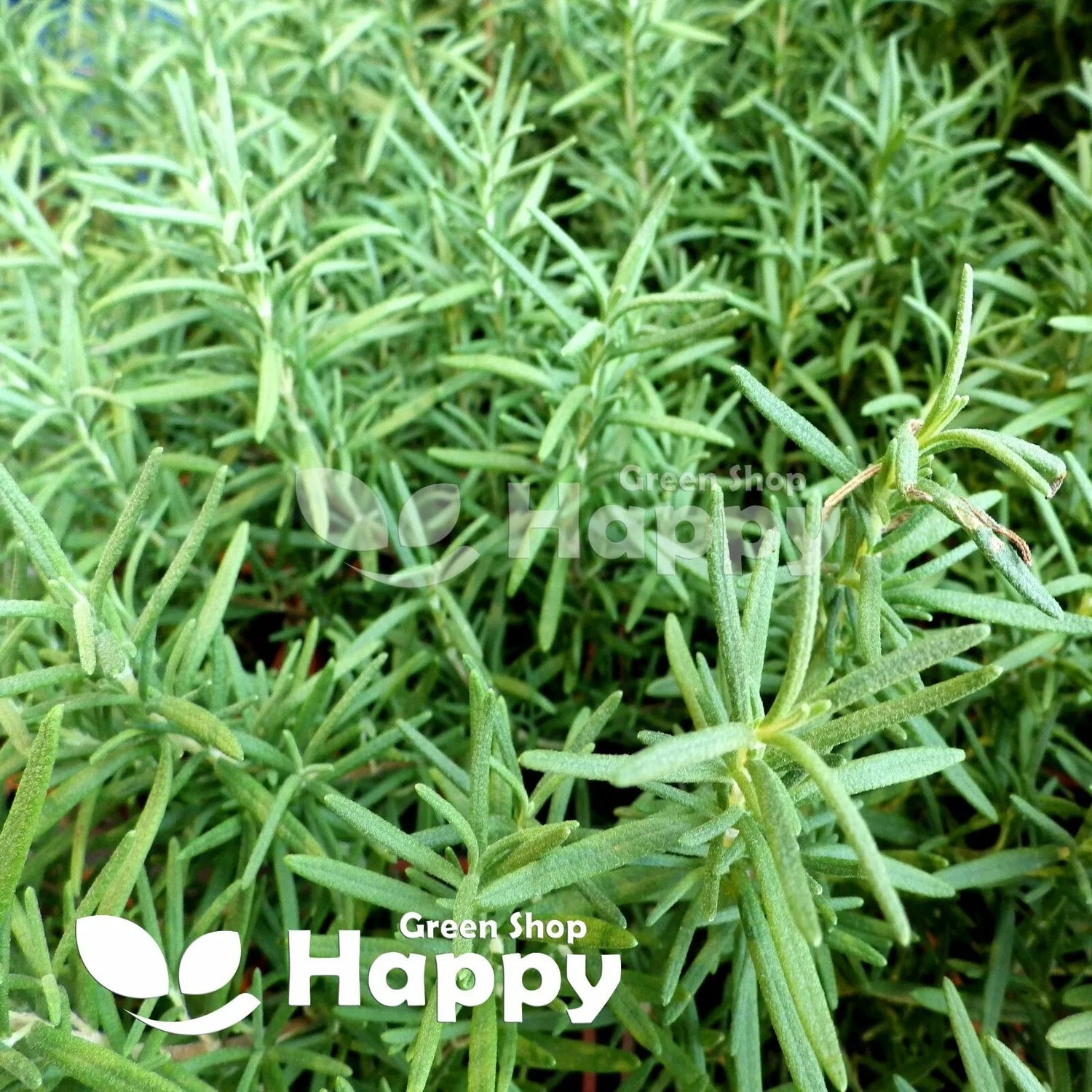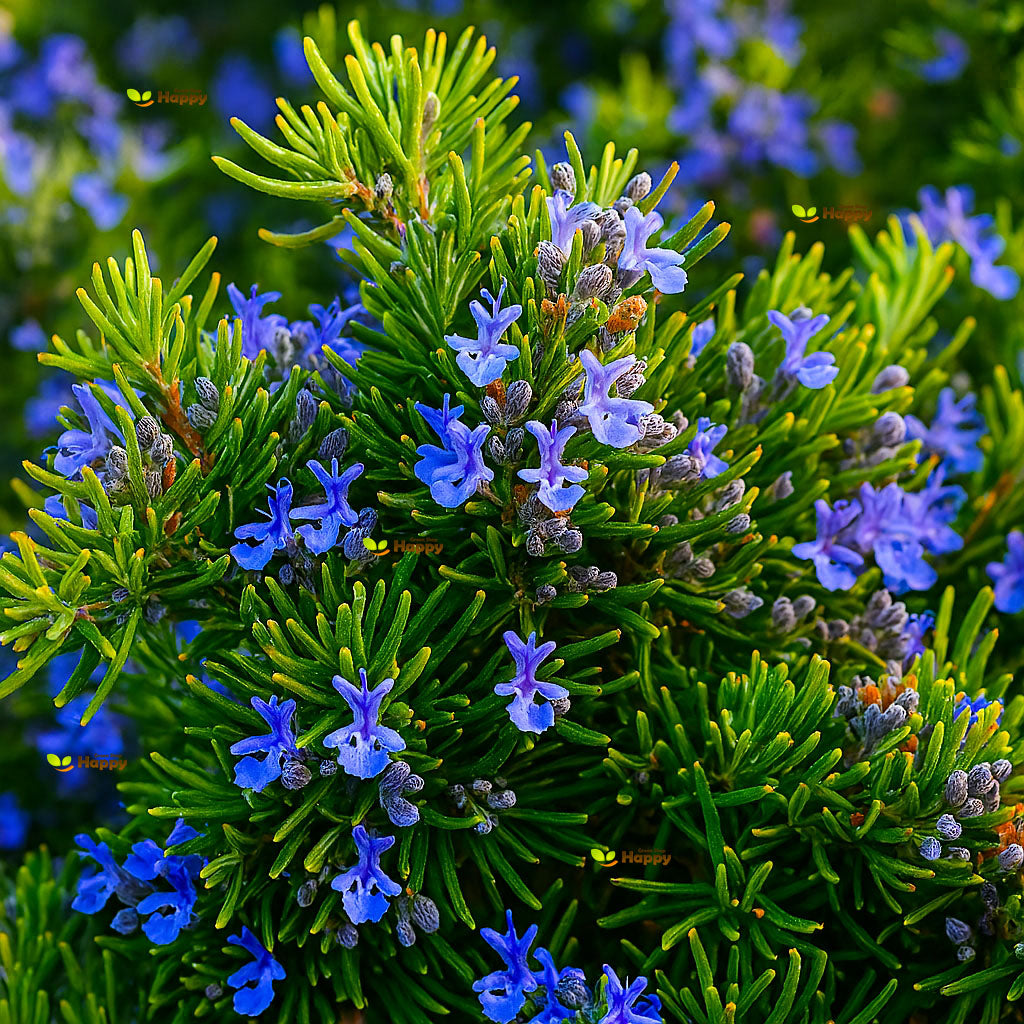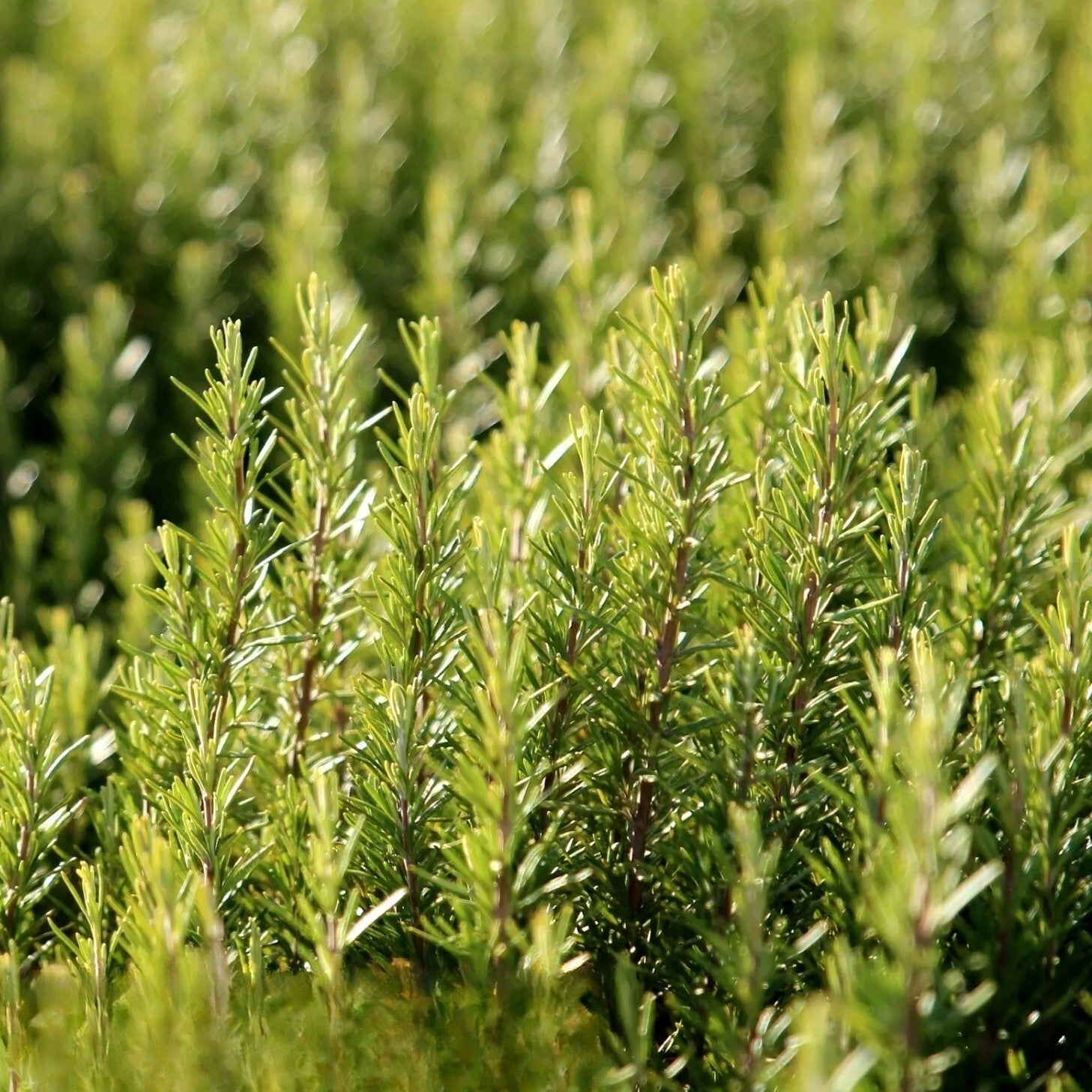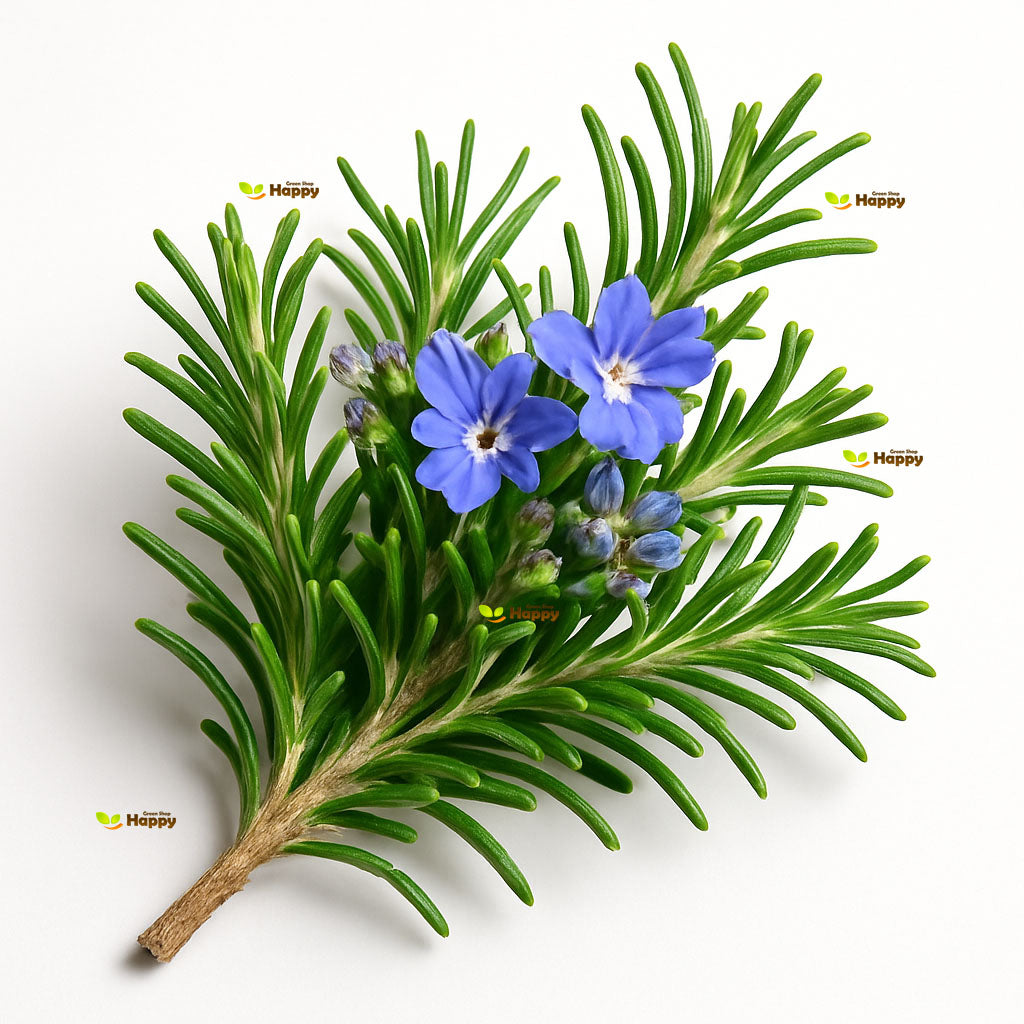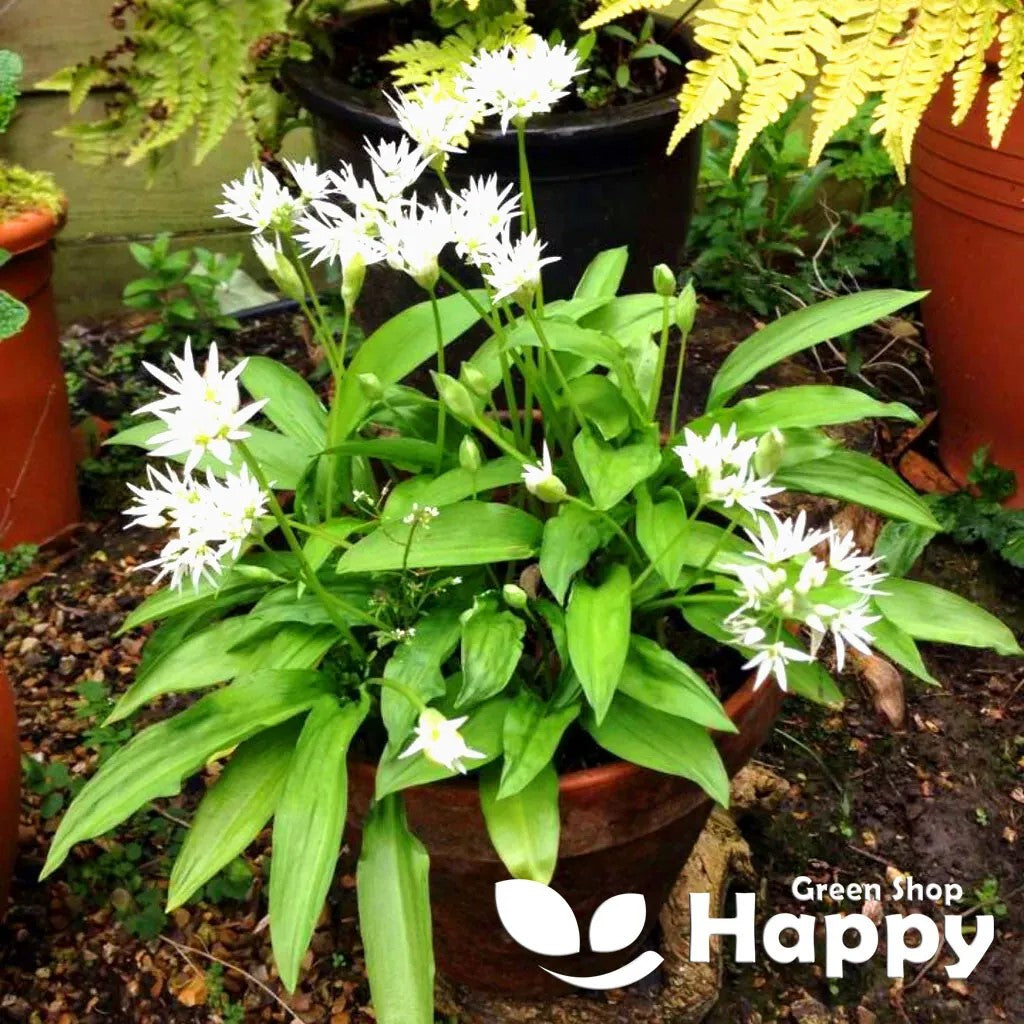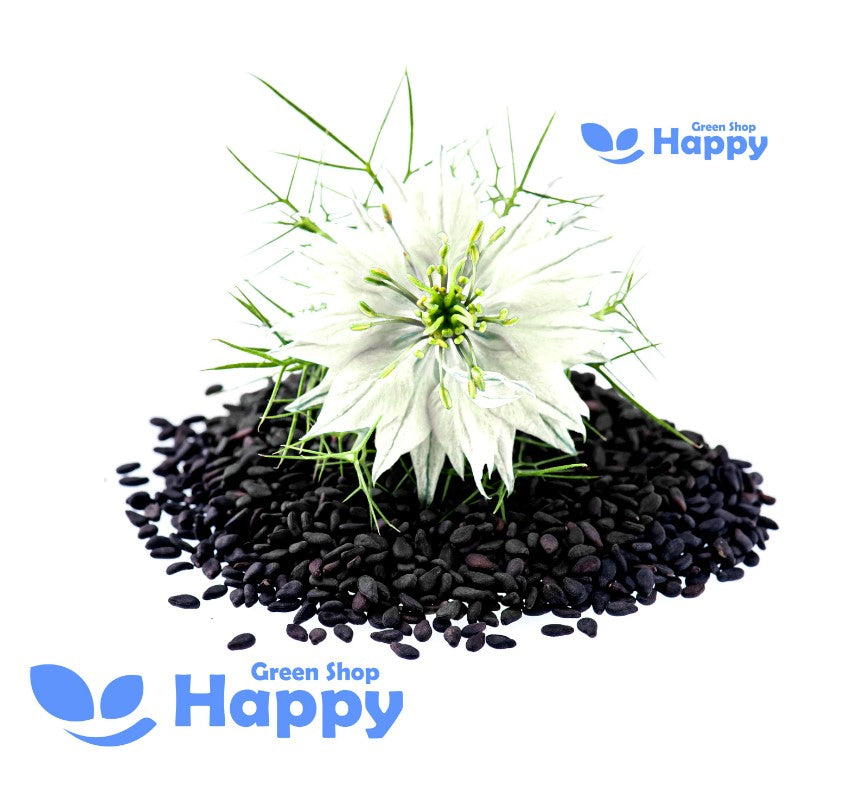Sort by:
42 products
42 products
Wild Bergamot – 1,300 Seeds (Monarda fistulosa)
Wild Bergamot (Monarda fistulosa) is a hardy perennial known for its fragrant lavender-pink blooms and aromatic foliage. A favorite of pollinators, it attracts bees, butterflies, and hummingbirds, making it perfect for pollinator gardens, borders, and wildflower meadows. Easy to grow and low-maintenance, it provides long-lasting color and texture from mid-summer to early autumn.
Why Grow "Wild Bergamot"
-
Fragrant lavender-pink blooms
-
Aromatic foliage with medicinal and culinary uses
-
Attracts bees, butterflies, and hummingbirds
-
Hardy and low-maintenance perennial
Key Features
-
Type: Perennial (Monarda fistulosa)
-
Height: 60–90 cm
-
Flowering: July–September
-
Position: Full sun to partial shade
-
Uses: Pollinator gardens, borders, wildflower meadows, cottage gardens
Ideal For
-
Pollinator-friendly gardens
-
Cottage-style or naturalized borders
-
Wildflower meadows
-
Herbal and sensory gardens
Sowing & Growing
-
Sow indoors: February–April in trays
-
Sow outdoors: April–May directly in prepared soil
-
Germination: 10–20 days at 18–22°C
-
Thin seedlings to 30–40 cm apart
-
Prefers well-drained soil and full sun
-
Deadhead to encourage prolonged flowering
Greek Oregano – Seeds (Origanum hirtum)
Greek Oregano (Origanum hirtum) is a robust perennial herb, prized for its intensely aromatic leaves that are essential in Mediterranean cooking. Known for its strong flavor, it is a must-have for seasoning pizzas, pasta, roasted meats, and vegetables. Easy to grow and drought-tolerant, it also produces clusters of small white flowers that attract bees and other pollinators.
Why Grow Greek Oregano?
-
Classic Mediterranean herb with strong, authentic flavor
-
Hardy perennial, easy to maintain
-
Drought-tolerant and thrives in poor soils
-
Attracts bees and pollinators when in bloom
Key Features
-
Type: Perennial herb
-
Height: 30–60 cm
-
Spread: 30–45 cm
-
Flowering: June–August
-
Position: Full sun
-
Soil: Light, well-drained
Ideal For
-
Culinary herb gardens
-
Mediterranean and rock gardens
-
Container growing
-
Pollinator-friendly borders
Sowing & Growing
-
Sow indoors: February–April in trays/pots
-
Germination: 10–21 days at 18–22°C
-
Transplant outdoors: After frost risk has passed
-
Direct sow outdoors: May–June
-
Spacing: 25–30 cm apart
-
Harvest leaves regularly for best flavor
Tip: Trim plants after flowering to keep them compact and encourage fresh growth.
Clary Sage – White Swan Seeds (Salvia horminum)
Bring elegance and fragrance to your garden with Clary Sage – White Swan (Salvia horminum). This striking annual herb is prized for its large, pure white bracts that surround tiny flowers, creating a dramatic, eye-catching display. Both ornamental and aromatic, it’s an excellent choice for garden beds, borders, and cut flower arrangements.
How to Grow
-
Sow indoors in early spring or directly outdoors after the last frost.
-
Choose a sunny location with well-drained soil.
-
Lightly cover seeds with fine soil and keep moist until germination (10–20 days).
-
Thin seedlings once large enough to handle, spacing them about 20–25 cm apart.
-
Water regularly but avoid waterlogging.
-
Deadhead spent blooms to encourage prolonged flowering.
Key Features
-
Pure white bracts that create a bold floral display
-
Easy-to-grow annual, fast to flower in a single season
-
Aromatic foliage, often used in traditional remedies and crafts
-
Excellent as a cut flower for fresh or dried arrangements
-
Attracts bees, butterflies, and other pollinators
Ideal For
-
Cottage gardens and flower borders
-
Cutting gardens and bouquets
-
Pollinator-friendly landscapes
-
Containers and decorative pots
Sowing
-
Best time: Early spring indoors or outdoors after frost
-
Germination: 10–20 days
-
Sow thinly, cover lightly, and keep soil consistently moist
-
Prefers full sun and well-drained soil
Quick Tip
-
For a longer display, stagger sowings every few weeks during spring and early summer.
Wild Marjoram – Oregano – Seeds (Origanum vulgare)
Wild Marjoram (Oregano) is a hardy perennial herb cherished for its fragrant leaves and delicate pink-purple flowers. A staple of Mediterranean cooking, oregano adds a rich, earthy flavor to pizzas, pasta, sauces, and roasted vegetables. Beyond the kitchen, its nectar-rich flowers are a magnet for bees and butterflies, making it a wonderful addition to herb gardens, borders, and pollinator-friendly spaces.
How to Grow
-
Sow indoors: March – May in seed trays or pots.
-
Transplant outdoors: After the last frost in a sunny, well-drained spot.
-
Spacing: 25–30 cm apart.
-
Oregano prefers light, well-drained soil and thrives in warm, sunny conditions.
Key Features
-
Aromatic herb essential for Mediterranean cuisine
-
Hardy perennial, easy to grow
-
Attracts bees and butterflies with summer blooms
-
Suitable for pots, containers, or borders
-
Drought-tolerant once established
Ideal For
-
Culinary herb gardens
-
Fresh or dried use in cooking
-
Pollinator-friendly borders
-
Container growing on patios or balconies
Sowing & Harvest
-
Sow: March – May
-
Harvest: June – October (leaves can be harvested fresh or dried)
Quick Tip
For the most intense flavor, harvest oregano leaves just before flowering, and dry them in a cool, airy place.
Summer Savory 'Midget' – Seeds (Satureja hortensis)
Summer Savory ‘Midget’ is a compact, fast-growing annual herb, prized for its spicy, peppery flavour that resembles thyme and oregano. This dwarf variety is especially suited for container growing, raised beds, and small herb gardens.
Traditionally used to season bean dishes, meats, soups, and stews, it is also excellent fresh or dried as a versatile culinary herb. With its neat, bushy growth habit and aromatic leaves, ‘Midget’ is both decorative and useful in the kitchen.
How to Grow
-
Sow indoors: March – April in pots or trays
-
Sow outdoors: April – June, directly into prepared soil
-
Depth: Lightly cover seeds with soil (approx. 0.5 cm)
-
Spacing: 20–25 cm between plants
-
Position: Sunny, well-drained spot
-
Soil: Light, sandy, moderately fertile
Key Features
-
Compact dwarf variety – ideal for pots and small spaces
-
Distinct peppery flavour – a classic bean seasoning
-
Culinary herb for meats, stews, soups, and sauces
-
Can be used fresh or dried
-
Hardy, quick-growing, and easy to maintain
Harvesting
-
Harvest from: June – September
-
Pick fresh leaves regularly to encourage new growth.
-
For winter use, cut and dry whole sprigs just before flowering.
Russian Tarragon – Seeds (Artemisia dracunculus)
Russian Tarragon is a hardy perennial herb valued for its anise-like flavor and aromatic leaves. While milder than French tarragon, it grows easily from seed, making it an excellent choice for gardeners who want a reliable and vigorous herb. Perfect for flavoring chicken, fish, salads, and sauces, it also makes a decorative addition to herb gardens with its fine, slender foliage.
How to Grow
-
Sow indoors: March – May in seed trays or pots.
-
Transplant outdoors: After last frost into a sunny, sheltered position.
-
Soil: Well-drained, light soil.
-
Spacing: 30–45 cm apart.
-
Water moderately, avoid waterlogging.
Key Features
-
Hardy perennial, easy to grow from seed
-
Aromatic leaves with mild anise flavor
-
Reliable alternative to French tarragon
-
Drought-tolerant once established
-
Attractive foliage for herb borders
Ideal For
-
Herb gardens and kitchen gardens
-
Flavoring chicken, fish, soups, and sauces
-
Growing in pots, raised beds, or borders
Sowing & Harvest
-
Sow: March – May
-
Harvest: July – October
Quick Tip
Pinch back growing tips to encourage bushy growth. For best flavor, harvest young leaves before flowering.
Rosemary – Seeds (Rosmarinus officinalis)
The classic Rosemary is a hardy, evergreen perennial herb valued for its aromatic needle-like leaves and unmistakable flavor. Loved in Mediterranean cooking, it adds depth to roasted meats, potatoes, bread, and sauces. Its strong fragrance also makes it a natural companion plant, helping deter pests in the garden.
Not only culinary, rosemary is also prized for its decorative qualities – perfect for herb gardens, containers, and borders. With its resilience and longevity, rosemary is a must-have for any kitchen garden.
How to Grow
-
Sow indoors: February – April in seed trays or pots
-
Transplant outdoors: After last frost in a sunny spot
-
Soil: Light, well-drained, sandy soil
-
Position: Full sun
-
Care: Water sparingly, avoid waterlogged soil, prune regularly for bushy growth
Key Features
-
Aromatic, evergreen perennial herb
-
Classic Mediterranean flavor for cooking
-
Hardy and drought-tolerant once established
-
Excellent for borders, pots, or herb gardens
-
Natural companion plant with pest-repelling properties
Sowing & Harvest
-
Sow: February – April
-
Harvest: All year once established
Ramsons Wild Garlic – Seeds (Allium ursinum)
Ramsons Wild Garlic is a hardy perennial herb prized for its aromatic, garlicky leaves. Perfect for adding fresh, vibrant flavor to salads, pestos, soups, and sauces, it is a versatile addition to any herb or woodland garden. Its delicate white flowers also provide ornamental interest and attract pollinators.
This low-maintenance plant thrives in shaded, moist areas and can naturalize over time, creating a fragrant ground cover in suitable conditions.
How to Grow
-
Sow indoors: January – March
-
Sow outdoors: March – May
-
Depth: 0.5–1 cm
-
Spacing: 20–25 cm between plants
-
Position: Partial to full shade, woodland-type environment
-
Soil: Moist, fertile, well-drained
-
Watering: Keep soil consistently moist, especially during dry spells
Key Features
-
Hardy perennial with aromatic, garlicky leaves
-
Ideal for salads, pestos, soups, and sauces
-
Attractive white flowers that attract pollinators
-
Low-maintenance, naturalizes well in shaded areas
-
Thrives in moist, fertile, well-drained soils
Harvest
-
Harvesting period: March – May
-
Pick young leaves before flowering for the best flavor.
Short Tip
Avoid harvesting all leaves at once; leave some for continued growth and flowering.
Nigella sativa ‘Black Cumin’ White – Seeds (Nigella sativa)
Nigella sativa ‘Black Cumin’ (Nigella sativa) is a graceful annual valued both as a culinary spice and an ornamental flower. It produces delicate white, star-shaped blooms that float above feathery foliage, followed by decorative seed pods. Known for its aromatic black seeds, often called black cumin, it has been used for centuries in cooking and traditional remedies. Easy to grow and low-maintenance, this dual-purpose plant brings both beauty and practicality to the garden.
Why Grow "Black Cumin" White
-
Delicate white blooms with airy foliage
-
Produces edible black cumin seeds with culinary uses
-
Attractive seed pods for dried arrangements
-
Easy to grow and self-seeding annual
Key Features
-
Type: Annual (Nigella sativa)
-
Height: 20–40 cm
-
Flowering: Summer
-
Position: Full sun
-
Uses: Culinary seeds, borders, containers, dried flowers
Ideal For
-
Herb and kitchen gardens
-
Dual-purpose planting – ornamental and edible
-
Borders and cottage-style displays
-
Cutting and drying seed pods for decoration
Sowing & Growing
-
Sow outdoors: March–May or September for earlier blooms
-
Germination: 10–20 days
-
Thin seedlings: 15–20 cm apart
-
Prefers well-drained soil in full sun
-
Self-seeds freely for naturalized planting
Showing 9/42

